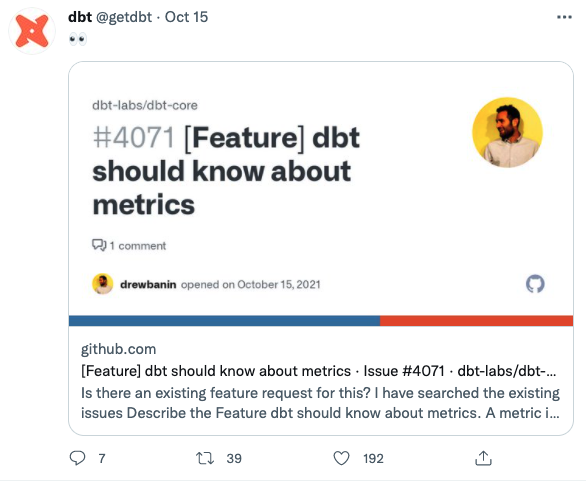Without a command to run them, dbt models and tests are just taking up space in a Git repo.
The specific dbt commands you run in production are the control center for your project. They are the structure that defines your team’s data quality + freshness standards.












